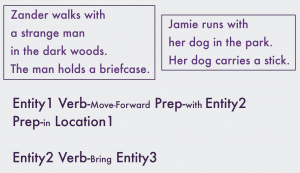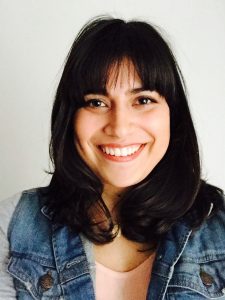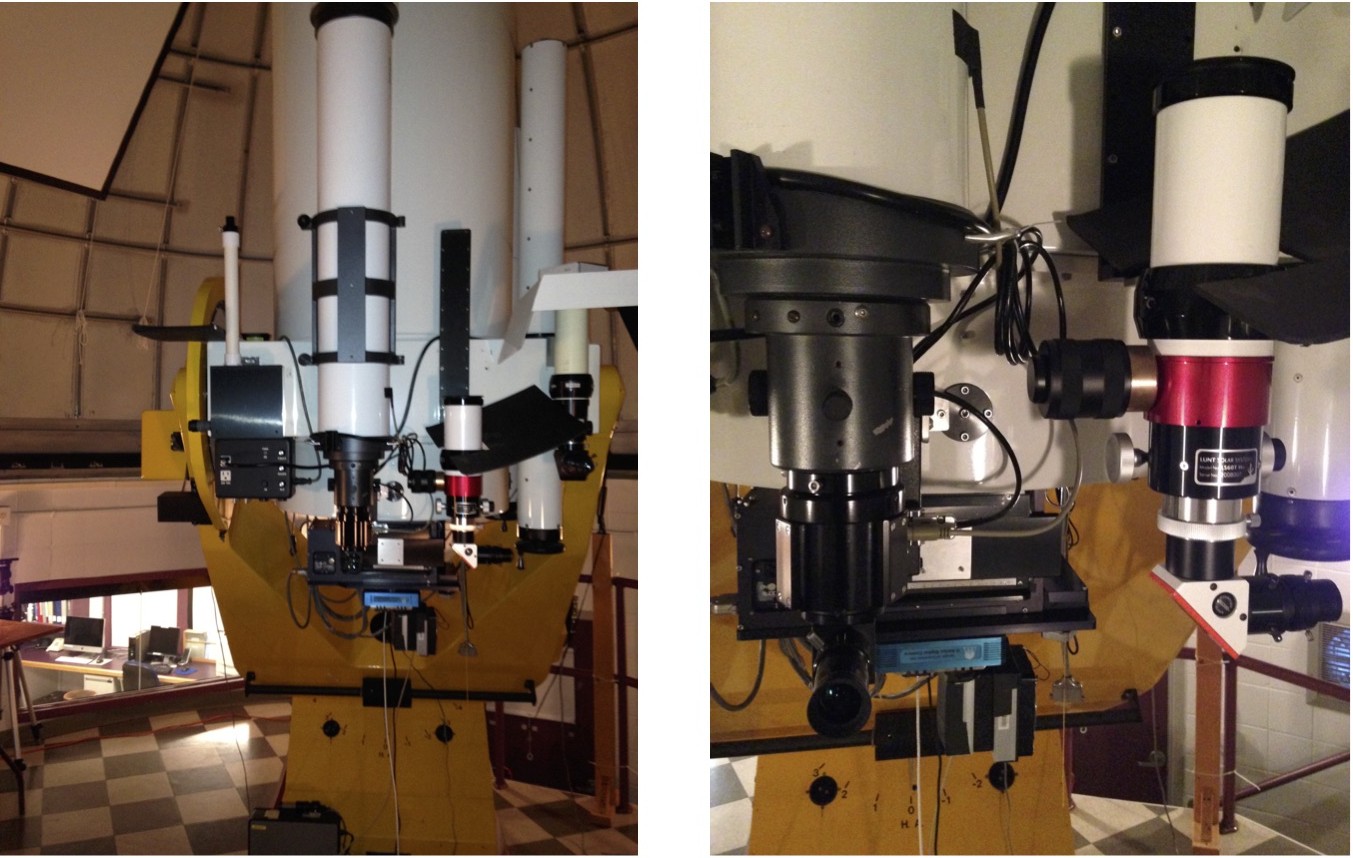


The splash image for this post is from this site and is not owned or originally produced by The ScientEphic.



The splash image for this post is from this site and is not owned or originally produced by The ScientEphic.
By Meagan Goldman ’16
Image at top: Professor Ben Carone with his students at this year’s biology thesis poster session. From left to right: Ronak Dave ’17, Emily Shea ’16, Ben Carone, Sierra McDonald ’16.
Ben Carone is a heretic. Part philosopher, part biologist, he stumbled as an undergraduate upon a branch of genetics that challenges one of biology’s most accepted dogmas. Once he found the field, there was no turning back. He used to think a lot about the meaning of life, he told me, but philosophy didn’t help him much with that. It was science – and belief in his research – that hooked him.
His blasphemy is this: Charles Darwin was wrong. At least, he was partly wrong. Across a bare desk in his basement office at Williams College, Carone explained to me that in the nineteenth century, two dueling theorists proposed their own versions of evolution. One was Jean-Baptiste Lamarck, the other Darwin.
Continue reading The Other Genome: A Profile of Biology Prof Ben Carone
By Sophia Schmidt ’17
I’ve never seen old growth forest. As Hopkins Memorial Forest manager Drew Jones leads me to the Beinecke Stand, it is not massive tree trunks I notice first – it’s the ground. The forested earth pitches sharply downward. Fallen leaves, loose sticks, and scattered stones coat this thirty-five degree slope, so we choose our footing carefully, grabbing saplings when we inevitably begin to slide down the hill. I immediately realize why this swath of forest escaped clear-cutting even during Williamstown’s agricultural peak in the 1830s – this is no place for a plow.
Continue reading The Beinecke Stand: Williamstown’s Hidden Old-Growth Forest
By Marcus Hughes ’18
The space between stars is emptier than any vacuum we can create on Earth, but it still contains dust, hydrogen, helium, more hydrogen, some carbon, and more hydrogen. This “interstellar medium” is a critical part of the galaxy because it’s where stars are born and die.

Continue reading The Space Between the Stars: Astronomy Students Study Interstellar Medium
By Elizabeth Jacobsen ’16
Writing a thesis is a lot like being in a relationship. It requires time, dedication, and a spark that makes the effort worthwhile. Kiki Landers is working on her biology thesis with Dawn Carone, studying RNA and cancer. She is a bright, friendly people-person, yet she has devoted most of her year to studying microscopic cells in a windowless lab. I appropriated a few moments of her all-too-rare free time to ask her about the driving forces behind her thesis work. Here she shares the story of how she developed a passion for cancer research that will carry on in her post-graduate career and how she changed in the process—in short, the story of how she fell in love with her research.
Continue reading Kiki Landers on How She Fell in Love with Her Research
By Elizabeth Jacobsen ’16
The first time I visited Chapin Library was for my Astronomy 102 class. All the notable books in the history of astronomy, from Euclid to Newton, were arranged on a square of tables. We admired the fascinating geometry of the sketches, recognizing some from our textbook. The books were a leathery tan, opened to illustrations of Galileo patiently listening to Copernicus and Ptolemy argue, a giant bull adorned with stars leaping across the sky, or Kepler’s attempts to chart the heavens on the musical staff. In the center of the room was a large book, its pages a couple of feet across. It detailed the elegant but inaccurate Earth-centered system, tracing the paths of the planets in pink and blue corkscrews around Earth. At last a lean man with a soft voice and owlish glasses said, “I’m Wayne Hammond, curator here at the Chapin Library.” And in a few more soft words, he began to spin the tale of astronomy’s history, slowly orbiting the room and leaving a trail of facts floating in his wake.
Continue reading Chapin Rare Books Library Unites Science and History
By Meagan Goldman ’16
Two disciplines are better than one. That’s what Daniel Aalberts, Professor of Physics at Williams, has realized through his collaboration with biology researchers. His team, which in January published a paper in Nature, used a combination of wet lab techniques and statistical models to discover a mechanism that allows some proteins to be expressed at higher levels than others. Their findings have exciting implications for the enzyme manufacturing industry and for scientists who need to produce large quantities of proteins for their experiments.
Continue reading Physics professor teams up with biologists to explore protein translation
The ScientEphic is thrilled to present the first podcast in our new podcast series.
Bats. We often overlook or fear them, but they’re vital to our agriculture and their uniquely strong immune systems may have a lot to teach us.
Join Elizabeth Jacobsen ’16 and Avital Lipkin ’19 as they explore the many facets of bats, from the rabies-transmitting vampires of Peru to populations in New England threatened by White Nose Syndrome to the hardy bats of Alaska. Starring Professor Julie Blackwood, Alex Meyer ’16 and Sarah Cooperman ’17, whose cutting-edge research on bats contributes to our understanding of bat populations, disease spread, physiology and communication.
The ScientEphic is thrilled to introduce a new podcast series. Today we’re presenting a preview of our first podcast, “Batty About Bats.”
By Elizabeth Jacobsen ’16 and Avital Lipkin ’19
This past weekend, many people enjoyed the traditional symbols of Halloween: pumpkins, costumes, and bats. In honor of the occasion, we decided to take a closer look at bats.
In this preview, we talk to math professor Julie Blackwood and her thesis student, Alex Meyer, to learn about the little brown bat, which lives right here in the Berkshires. Blackwood and Meyer explain that a fungal disease called white nose syndrome is decimating bat populations in the northeast, and they discuss what the best course of action might be to stop its spread.
Look for our full podcast next week!
Batty About Bats Preview: White Nose Syndrome by The Scientephic on Mixcloud
Image Credit: Moriarty Marvin, U.S. Fish and Wildlife Service [Public domain], via Wikimedia Commons